Neil Davey is a student at Harvard Law School and a member of the Labor and Employment Lab.
2022 has been a historic year for labor organizing. This year alone, workers at large companies including Starbucks, Apple, Trader Joe’s, Amazon, and Chipotle have won union elections for the first time. Much credit goes to the incredible union leaders who have catalyzed this wave of organizing.
Despite the success of these campaigns, achieving real progress in working conditions and wages has been slow for the unions. Unfortunately, many corporations have been responding with a variety of unfair labor practices — from dragging their feet on union contracts to expressing hostility towards and firing pro-union workers. In May 2022, Starbucks employees at a store in Buffalo, New York asserted over 200 violations for alleged intimidation, reduced worker compensation, increased surveillance, and discriminatory firing. While many labor activists have discussed the need for statutory reform and stricter penalties by amending the National Labor Relations Act, current rules in effect are also not being enforced due to budgetary constraints at the National Labor Relations Board.
Notably, the NLRB has not had an increase in funding since 2014, with its budget remaining frozen at $274 million per year. While the NLRB requested an increase in funding to $319.4 million for fiscal year 2023 in a detailed budget proposal submitted in March 2022, no concrete action has been taken by Congress to increase the Board’s funds. On April 28, 2022, 149 members of the House of Representatives wrote a letter to Chairwoman Rosa DeLauro of the House Appropriations Committee, urging her to include $368 million for the NLRB in the 2023 appropriations bill and highlighting the exclusive jurisdiction of the Board to enforce the entire nation’s labor laws. While union supporters also lobbied the Biden Administration to increase NLRB funding through the Inflation Reduction Act, no such provision was included in the landmark package. With a rise in inflation exacerbating the issue, labor leaders have argued that the Board’s flat budget is at least 25% behind where it really should be.
The impacts of such underfunding have been stark, especially as a flurry of litigation has followed the recent union campaigns. For example, workers at a Chipotle store in Maine filed unfair labor practice charges with the Board in June 2022 after Chipotle management shut down a store where employees had filed a union election petition. And workers are not the only ones filing charges with the NLRB. In April 2022, Amazon asked the Board to overturn a union’s vote on Staten Island, alleging the organizers had engaged in misconduct. While the Biden Administration’s NLRB has responded favorably to workers — deeming unlawful Starbucks’s denial of raises to unionized workers and requiring the Coffee Giant to rehire fired workers involved in organizing efforts — it is clear that the Board is overwhelmed with the recent surge in proceedings.
To put the problem in perspective, union election petitions at the NLRB are up by 53% in fiscal year 2022 relative to 2021, and unfair labor practice charges before the Board have increased by 19% in that same time period. As NLRB General Counsel Jennifer Abruzzo noted as early as April 2022: “Right now, there is a surge in labor activity nationwide, with workers organizing and filing petitions for more union elections than they have in the last ten years. This has caused a significant increase in the NLRB’s caseload, and the Agency urgently needs more staff and resources to effectively comply with our Congressional mandate.” While the Board has had to become more efficient in processing individual cases given this influx — with a 14% decrease in decision issuance time between 2021–2022 — the increase in case intake unfortunately resulted in 145 cases still pending before the NLRB at the end of FY2022, representing a 28% increase compared to FY2021. These effects are deeply concerning amidst growing unionization, and are likely to be amplified as the number of union petitions and unfair labor practice charges grows.
A further consequence of these budgetary constraints is that the NLRB has suffered from dramatic declines in its workforce because of necessary layoffs. Specifically, the number of full-time employees at the Board dropped by more than 30% from 2006–2019 — despite a steady growth in the private-sector workforce — increasing the number of covered workers per NLRB staff by 50%. Combined with significant increases in the number of union election and unfair labor practice filings, the Board is currently under immense pressure — both understaffed and overworked. Reiterating her prior concerns, GC Abruzzo stated in July 2022: “The NLRB is processing the most cases it has seen in years with the lowest staffing levels in the past six decades. . . . The Agency urgently needs more resources to process petitions and conduct elections, investigate unfair labor practice charges, and obtain full remedies for workers whose labor rights have been violated.”
Unfortunately, the backlog at the NLRB encourages large companies with deep pockets and an arsenal of lawyers to also file petitions with the Board, and further delay union contract negotiations. Such delays, of course, are part of employers’ strategy to defeat organizing campaigns and stymie bargaining.
Additional funding would be pivotal in addressing these concerns and providing the Board with the resources it needs to properly go about its work. In particular, greater funding would not only mean more robust enforcement of workers’ rights but increases in workforce could significantly reduce delays caused by employer-initiated spurious litigation. In turn, the fruits of labor organizers’ efforts to unionize can more quickly be realized. Namely, if the NLRB were able to rapidly counter unfair labor practices and dismiss illegitimate attempts by large companies to stall union contracts, companies would be disincentivized from engaging in these tactics in the first place. While substantial changes to the NLRA and other labor legislation might eventually be required to increase remedies for unionized workers who are wronged by their employers, appropriating additional funds for the NLRB would be a good start.
In October 2022, Abruzzo outright noted that “this situation is unsustainable,” requesting “Congress to provide increased funding so we can hire the staff we need and provide necessary resources to conduct hearings and elections.” And beyond addressing the existing caseload, Abruzzo has pushed for an aggressive agenda for the NLRB to seek “all available remedies” to address unlawful acts, which certainly cannot be fulfilled without a larger budget. It’s time for Congress to increase the NLRB’s funding.
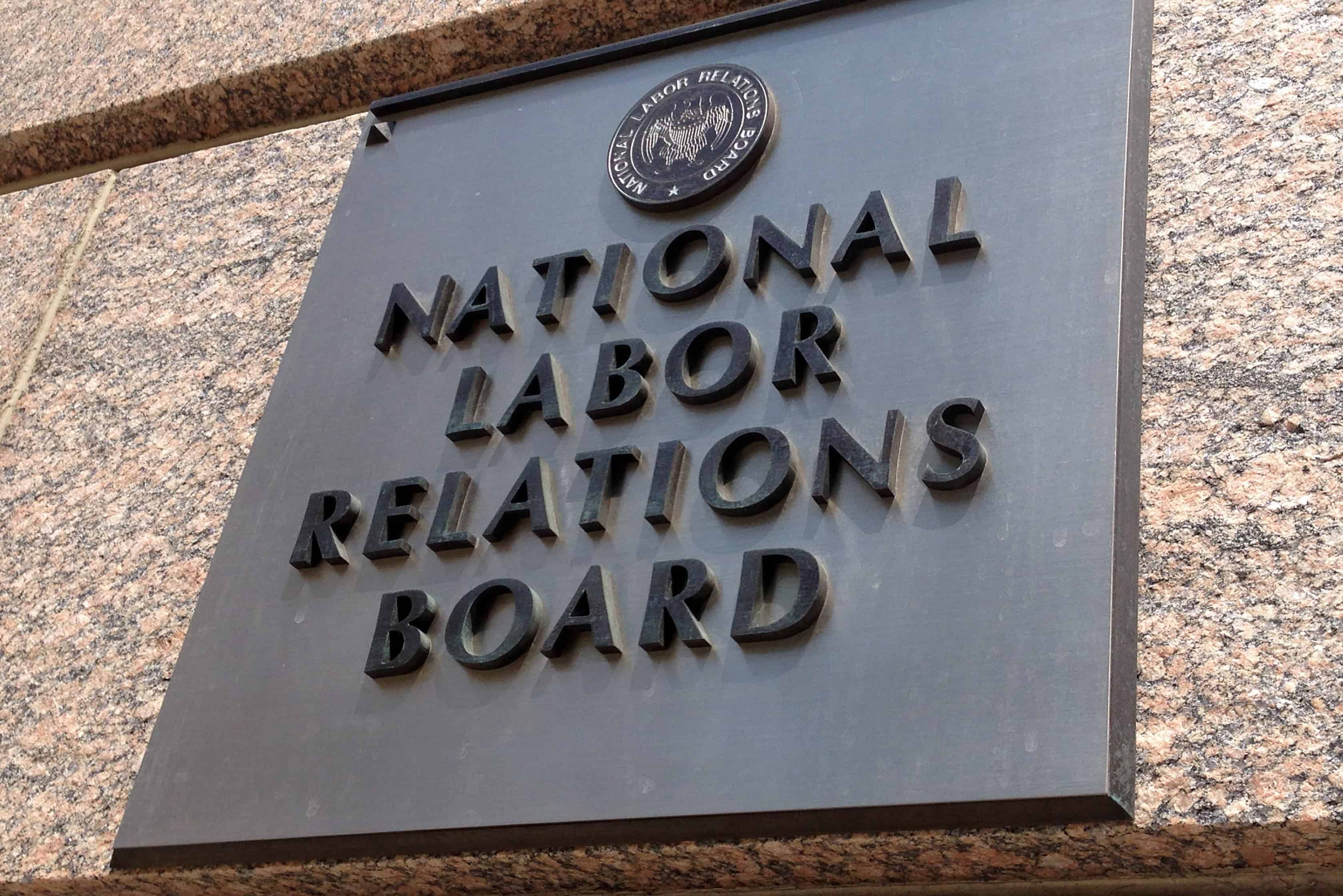

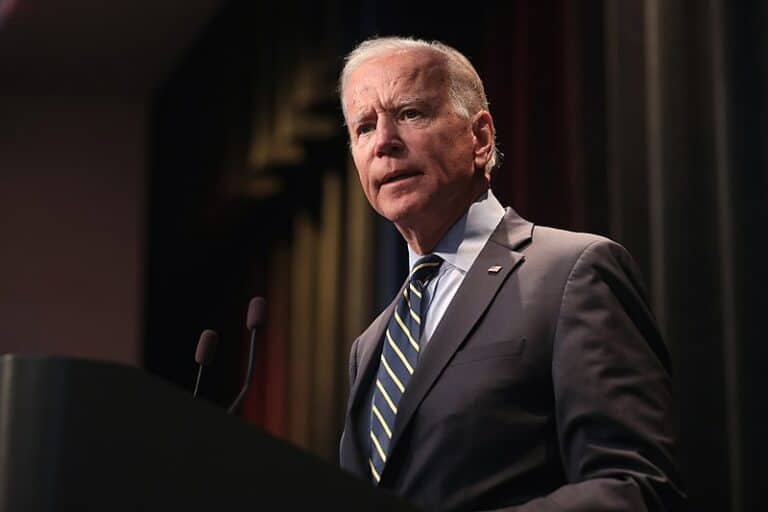
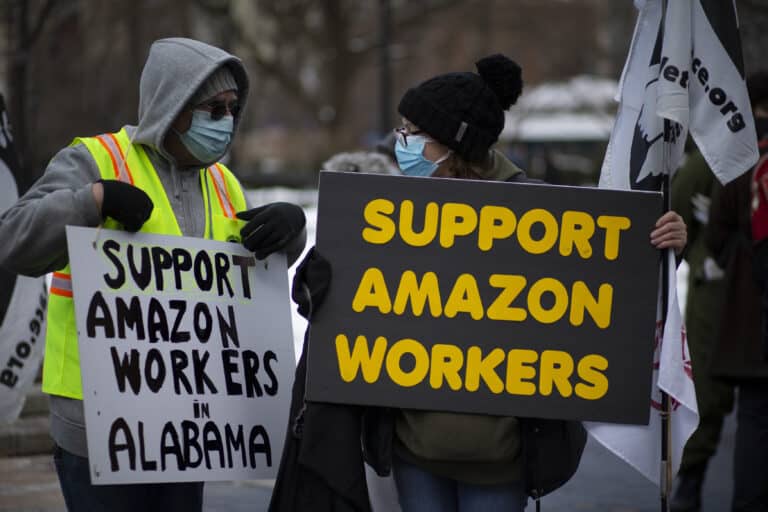

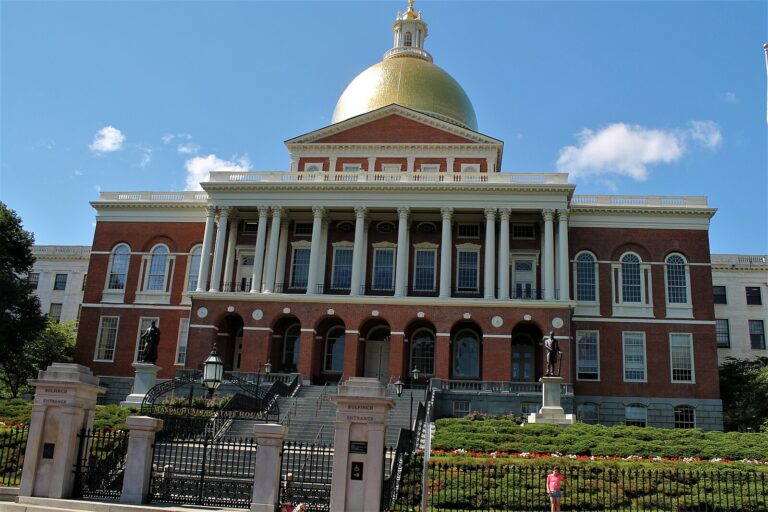
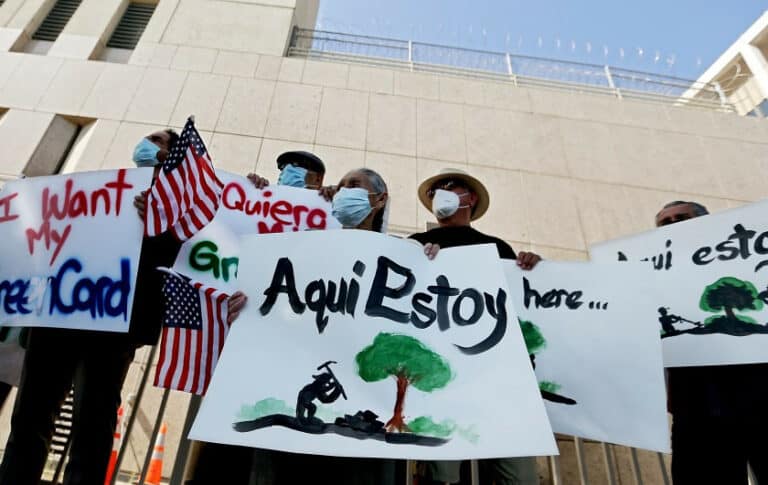
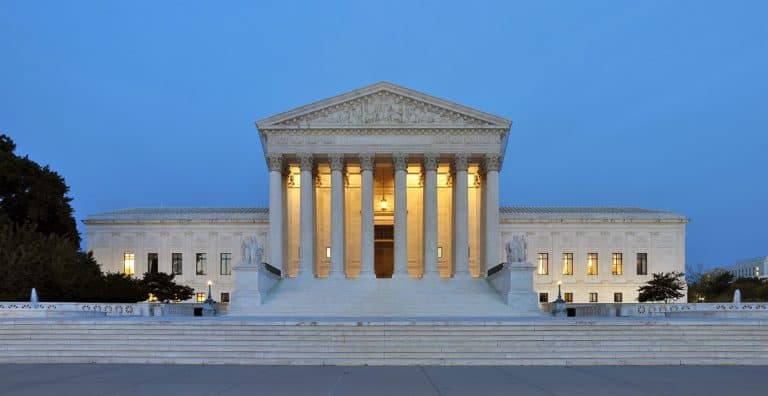


Daily News & Commentary
Start your day with our roundup of the latest labor developments. See all
July 11
Regional director orders election without Board quorum; 9th Circuit pauses injunction on Executive Order; Driverless car legislation in Massachusetts
July 10
Wisconsin Supreme Court holds UW Health nurses are not covered by Wisconsin’s Labor Peace Act; a district judge denies the request to stay an injunction pending appeal; the NFLPA appeals an arbitration decision.
July 9
the Supreme Court allows Trump to proceed with mass firings; Secretary of Agriculture suggests Medicaid recipients replace deported migrant farmworkers; DHS ends TPS for Nicaragua and Honduras
July 8
In today’s news and commentary, Apple wins at the Fifth Circuit against the NLRB, Florida enacts a noncompete-friendly law, and complications with the No Tax on Tips in the Big Beautiful Bill. Apple won an appeal overturning a National Labor Relations Board (NLRB) decision that the company violated labor law by coercively questioning an employee […]
July 7
LA economy deals with fallout from ICE raids; a new appeal challenges the NCAA antitrust settlement; and the EPA places dissenting employees on leave.
July 6
Municipal workers in Philadelphia continue to strike; Zohran Mamdani collects union endorsements; UFCW grocery workers in California and Colorado reach tentative agreements.